Besides the mindset of earning money , spending money, and saving money, teach your children to understand correctly about "giving". is part of financialeducation . So what is the right and practical way to teach children about money , while also helping them shape a positive personality for the community and society?
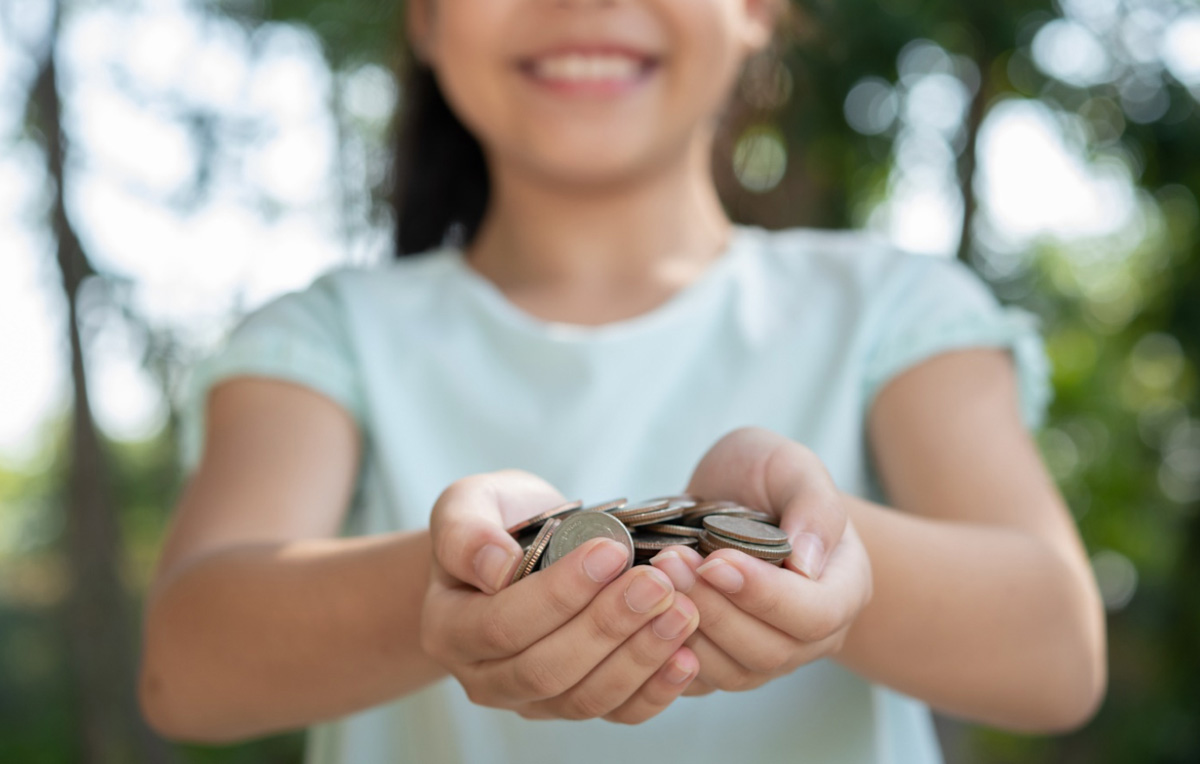
Financial education for children during the formation and personality development stage will help them know how to "give to others", along with the qualities of kindness and generosity. Children will enjoy reaping joy and happiness from knowing how to share good and meaningful things with people around them.
For children, it seems that understanding the value of "giving" in terms of money and material things is still too early, especially when they have not been educated about finance or oriented to think about money. So how can children find happiness and understand the true meaning of "giving"?
1. Family is the root
Praise "at the right time and place" and recognition from parents are great encouragement and motivation for any child . Therefore, when children know how to help and care for relatives in the family, learn to give in and share, parents should give them compliments. That is a great motivation to encourage children to continue their good actions and personalities.
Always acknowledge every time your child is responsible and helps you with housework.
2. To keep your child " full " internally
The highest priority of parents is to always want to give their children a rich spiritual life and positive emotions. That is the core foundation for children to know how to "give without expecting anything in return". Parents should create conditions for their children to learn and experience the world around them, from which children will learn to love nature, be aware of protecting the living environment, and know how to share with the less fortunate in society... When children feel "enough", they will find the true meaning of the act of "giving".
Children learn the most from their parents , so if they grow up in a positive family culture , with parents who are shining examples of the right "giving" attitude , they will be able to cultivate "sufficiency" for themselves when they grow up.
3. Money and material things are not the only factors when "giving"
In a rap song that has recently become a "hot hit" by a famous rapper, there is a mention of the way to "give happiness" that touches the hearts of many people and creates a strong wave of support for community projects for children in the highlands: " We want to be good people and are learning to do that/We practice finding ways to give and know that the more we give, the more we receive/ Because if you give away smiles, your worries will drift away/Give away happiness and you will receive double or triple it.”
In addition to charitable activities, material and financial donations, parents should also encourage and accompany their children when "giving away" their time, energy or good thoughts. Children can start by giving smiles and gratitude to dispel their parents' worries, and that value is incomparable.

Gain financial knowledge from everyday activities
The process of teaching children about money should focus on building in them a mindset and responsibility for money. Along with lessons on making money and financial management, parents should encourage their children to participate in community and school activities. This not only builds teamwork and team spirit, but also provides an opportunity for children to explore themselves and develop their creativity . In addition, the method of "learning while playing - playing while learning" is also widely applied, so that financial knowledge becomes simple, easy to understand, and interesting for children . At this time, education will be effective because it is suitable for the age and ability of the child.
This teaching method is part of Prudential's Cha-Ching financial education project for children aged 7-12 in Vietnam. A typical example is the "Good Kids - Good Money" contest, a project that encourages each individual to compete in the financial knowledge that they have learned at school. From there, excellent students will work together to develop a project that is beneficial to the community and society. Many ideas have been developed and implemented by the children such as donating a part of their daily pocket money to children in difficult circumstances, using recycled items to both protect the environment and sell them to raise money to support children in mountainous areas, or implementing the idea of making handmade items, drawing pictures, etc.
Children draw pictures to raise money in the contest "Good Children, Good Money"
The project also provides curriculum for schools and families. Parents can refer to the 360-degree Cha-Ching learning materials with "Donation" as one of the 4 basic financial management skills, in addition to the skills: Earning, Saving, Spending.
Initiated by Prudence Foundation – Prudential’s community action fund in Asia and implemented by Prudential Vietnam over the past 4 years, the Cha-Ching project has achieved remarkable success, reaching 78,000 students and 2,100 teachers from 210 schools nationwide. Since then, the project has helped build a solid financial knowledge foundation for the younger generation, helping them confidently and steadily pursue their future goals.
Source




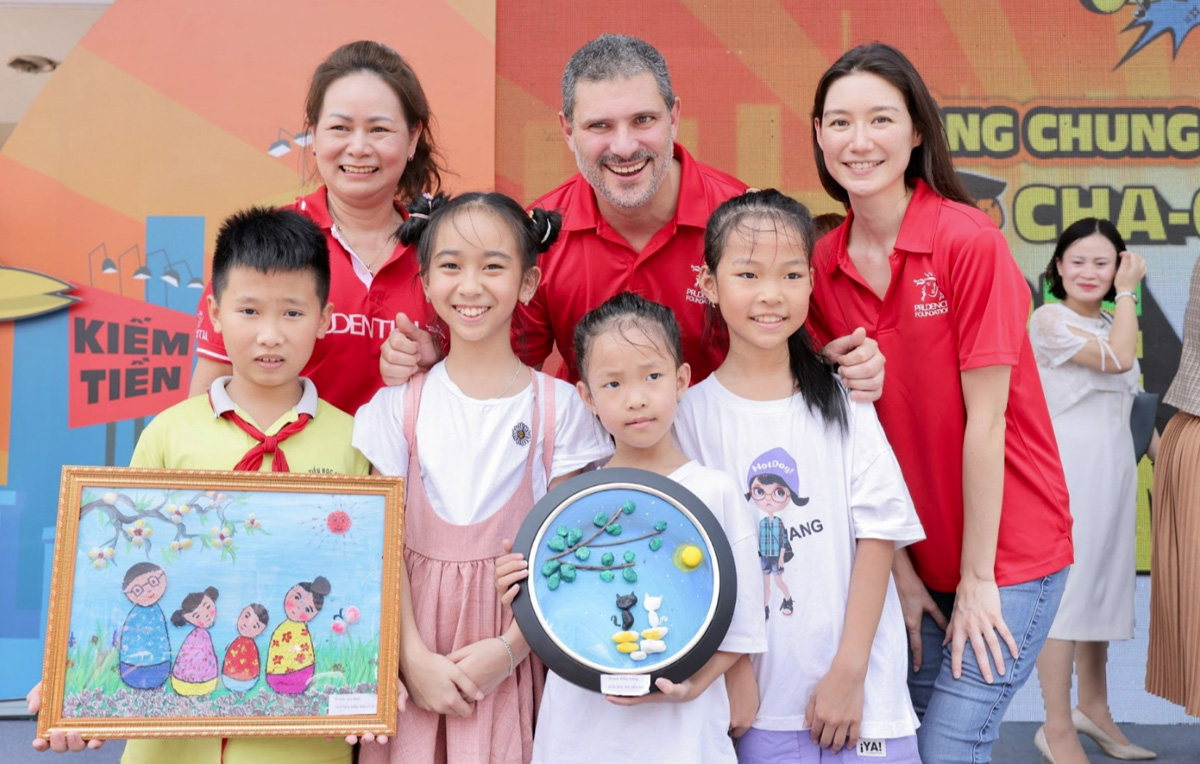

![[Photo] Vice President Vo Thi Anh Xuan, French President Emmanuel Macron and his wife visit Hanoi University of Science and Technology](https://vphoto.vietnam.vn/thumb/1200x675/vietnam/resource/IMAGE/2025/5/27/267b6f2bdf3e46439f081b49f6ec26b1)
![[Photo] Hungarian President begins official visit to Vietnam](https://vphoto.vietnam.vn/thumb/1200x675/vietnam/resource/IMAGE/2025/5/27/ab75a654c6934572a4f1a566ac63ce82)














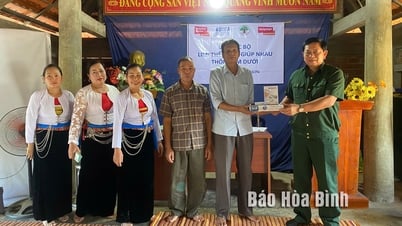

















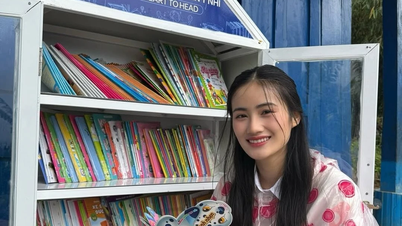

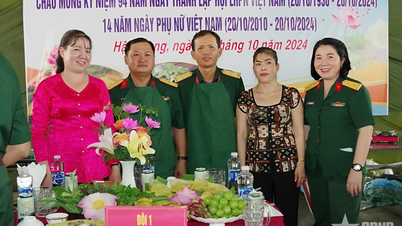











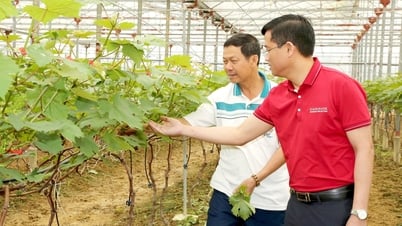
















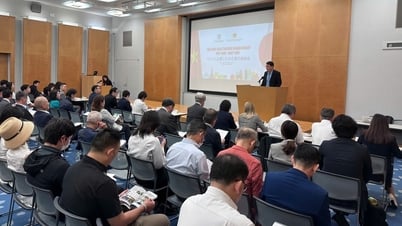
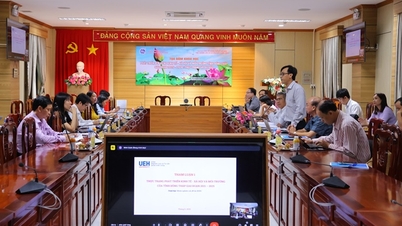
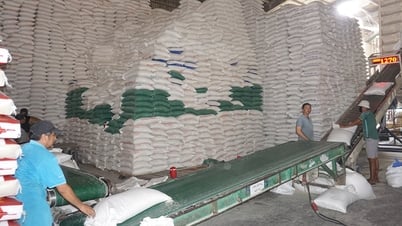
















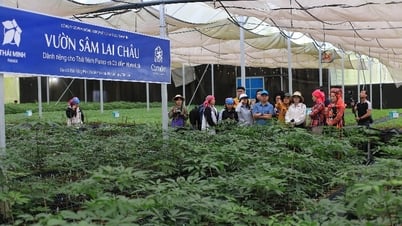

Comment (0)